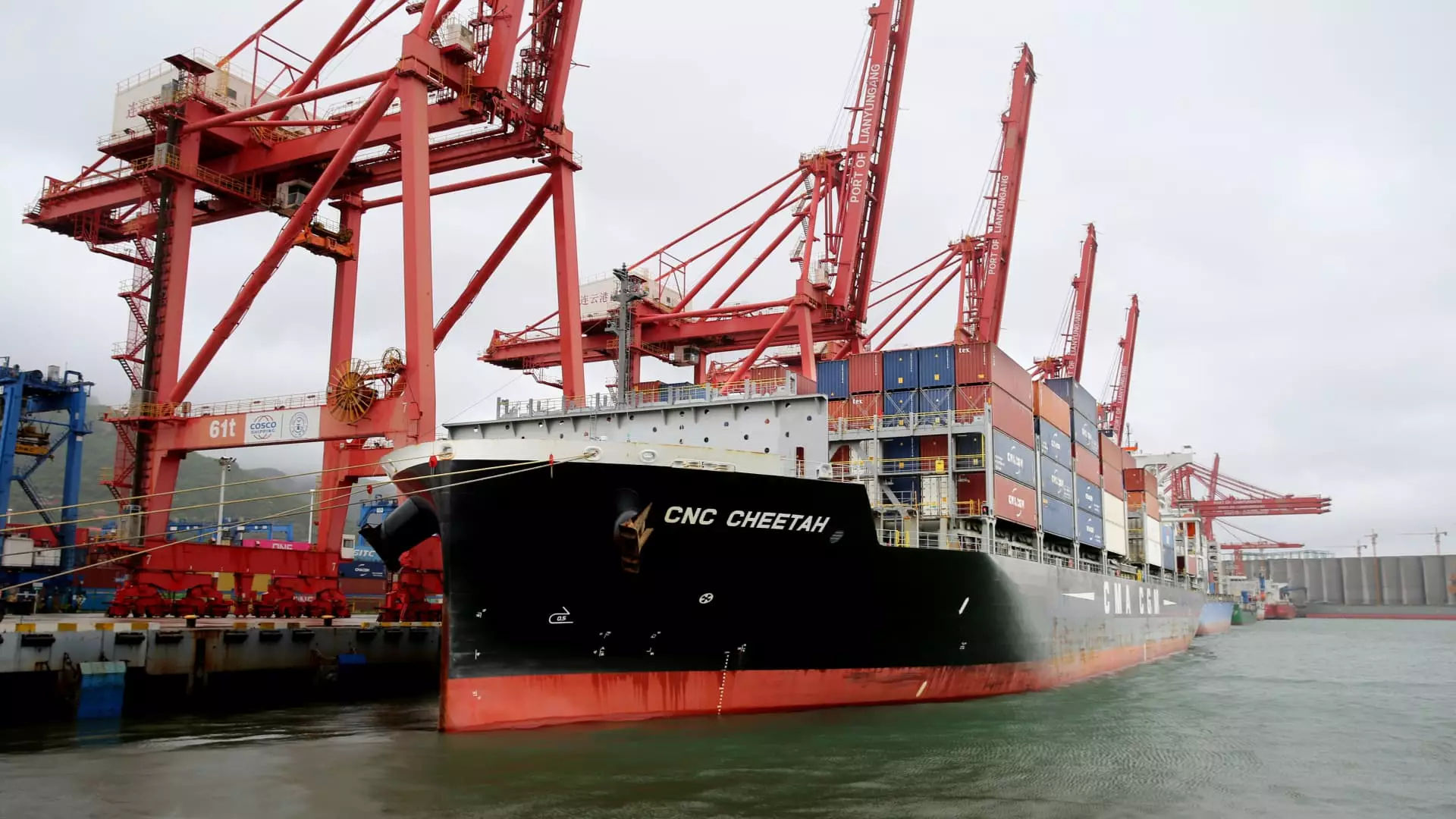In an age of globalization, the United States appears to be retreating into an economic fortress characterized by tariff rates not seen since the Great Depression. The Yale Budget Lab’s recent report sends shockwaves through the economic landscape, revealing that the average effective tariff rate has climbed to 17.8%. This unprecedented increase of 15.4 percentage points since the days before Trump’s second term raises questions about the efficacy and morality of such an aggressive trade strategy. If economic independence is the goal, we must ask: at what cost?
The Everyday American Suffers
Tariffs are not just abstract numbers; they bear tangible consequences on American households. According to the Yale report, the financial burden of these tariffs is projected to add an astounding $2,800 to the costs faced by the average household in the short run. This figure highlights a critical flaw in the administration’s approach: while the intent may be to protect American jobs, the stark reality is that ordinary citizens bear the brunt of these economic policies. Instead of shielding ourselves within our borders, we risk suffocating families who are merely struggling to make ends meet.
China and the UK: A Broken Promises Game
The recent trade agreements with China and the United Kingdom are presented as victories, yet a closer examination reveals their inadequacy. The reduction of Chinese tariffs from an astonishing 145% to a mere 30% for 90 days feels more like a Band-Aid on a festering wound than a genuine remedy. The UK trade deal, while it appears to maintain a semblance of order by keeping some tariffs at 10%, fails to address the underlying issues of economic fairness. What is troubling is the minimal impact these agreements have on overall tariff rates; the average tariff on imports remains self-destructively high. This creates an untenable environment for both consumers and businesses, ultimately driving a wedge between aspirations for growth and the unyielding realities of inflated prices.
Business and Consumer Behavioral Shift
As tariffs mount, so do the inevitable changes in consumer behavior. Economists predict that both businesses and consumers will devise strategies to circumvent these tariffs, leading to an economy characterized by artificial market distortions. The forecasted average effective tariff rate of 16.4%, the highest since 1937, highlights the extent of this dilemma. As people begin making purchasing decisions based on tariff implications rather than value, the critical balance of a free market begins to erode, paving the way for a monopolistic landscape where only a few can thrive.
Political Implications of Protectionism
This aggressive, protectionist stance on trade raises alarm bells across political spectrums. Center-wing liberals, in particular, ought to recognize the danger of prioritizing isolationist policies over international cooperation. A well-balanced approach should champion free trade while considering protective measures where absolutely necessary. Presently, the reliance on tariffs smacks of desperation, and, rather than rebuilding American strength, it cultivates resentment and discontent both at home and abroad. Daring to believe in alliances, rather than tearing them apart, is the path toward a sustainable and equitable future. As we navigate these turbulent economic waters, let us remember—true strength lies not in shutting the door to trade, but in welcoming constructive collaboration.

